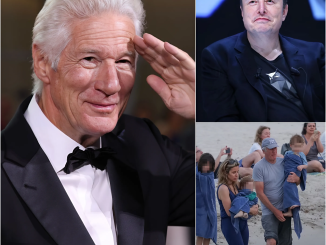
Tesla CEO Elon Musk has made another bold claim about the future of autonomous driving, stating that next year’s Tesla vehicles will be capable of self-driving 90% of the time. This announcement has sparked excitement and debate within the automotive and tech industries, as Tesla continues its push toward achieving full self-driving (FSD) capabilities.
Tesla’s Autonomous Driving Breakthrough
Speaking at a recent Tesla event, Musk expressed confidence in the company’s Full Self-Driving (FSD) software, which is expected to see major advancements in the coming months. According to Musk, Tesla’s AI-driven self-driving system will soon allow vehicles to handle the majority of driving tasks without human intervention.
“We are making rapid progress on self-driving technology,” Musk stated. “By next year, Teslas will be able to self-drive about 90% of the time, meaning drivers will barely need to touch the wheel in most situations.”
What Does 90% Autonomy Mean?
While Tesla’s FSD system has been gradually improving, achieving true autonomy has remained a challenge due to regulatory hurdles and real-world driving complexities. However, Musk believes that Tesla’s AI and neural networks are now sophisticated enough to handle driving in most conditions, such as:
✅ Highway driving – Fully autonomous lane changes, exits, and adaptive speed control
✅ City streets – Navigating intersections, stoplights, and roundabouts
✅ Traffic congestion – Automatically stopping, starting, and following vehicles in traffic
✅ Parking assistance – Hands-free parking and Summon mode
Despite this milestone, full Level 5 autonomy—where a car drives completely without human input—is still in development.
Challenges Ahead: Regulations and Safety Concerns
While Tesla is pushing the boundaries of self-driving technology, there are still legal and safety challenges to overcome. Regulatory bodies in the U.S., Europe, and China require extensive testing before approving fully autonomous cars.
🚧 Regulatory Approval: Some governments remain skeptical about allowing widespread self-driving deployment without additional oversight.
🚧 Public Safety: Critics argue that AI-driven cars still struggle with unpredictable human behavior, such as pedestrians crossing unexpectedly or complicated weather conditions.
🚧 Insurance and Liability: Questions remain about who is responsible in case of an accident caused by an autonomous vehicle.
The Future of Self-Driving Cars
Musk’s ambitious 90% self-driving target suggests that Tesla vehicles will soon be much closer to true autonomy than ever before. With constant AI updates, real-world data collection, and improvements in computing power, Tesla is positioning itself as a leader in the autonomous revolution.
Could 2025 be the year we finally see fully autonomous Tesla vehicles on the road? 🚗💨
What do you think about Tesla’s self-driving future? Are you ready to let AI take the wheel? 🤖🚘


